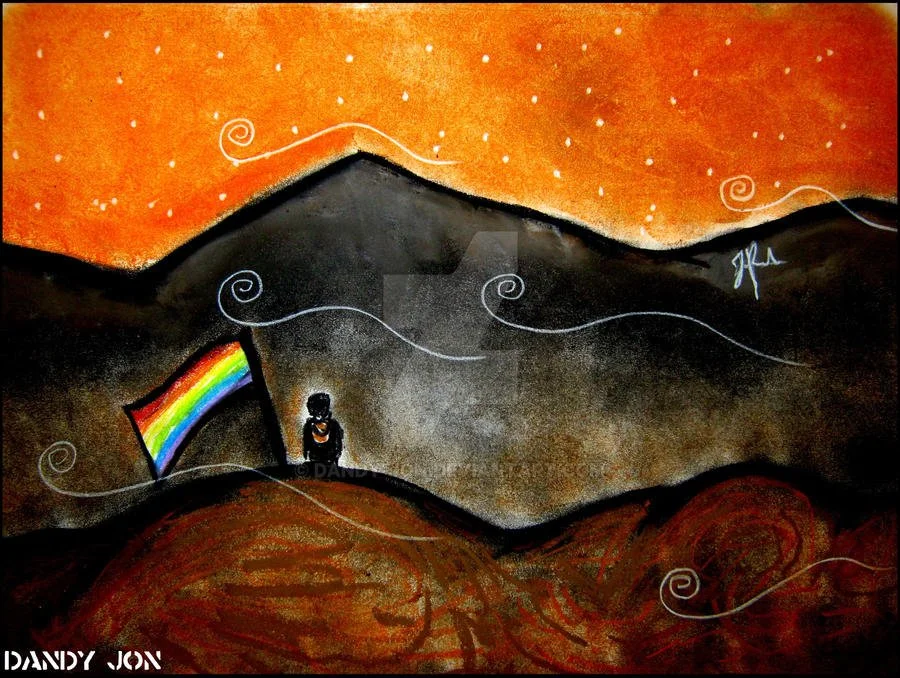Women & Spirituality at the UN Commission on the Status of Women
On a rainy afternoon in late February 2012, a dozen women gather in a room of a hotel near the United Nations headquarters in New York. They are activists representing women’s organizations from across the U.S. and the world, and they come rooted in diverse spiritual and religious traditions. They are participants in the 56th Session of the UN Commission on the Status of Women (CSW), attracted to our particular conversation by an informal grassroots invitation to join in celebrating women’s spiritual leadership and the Divine Feminine at the next Parliament of the World’s Religions.






